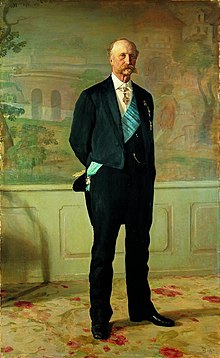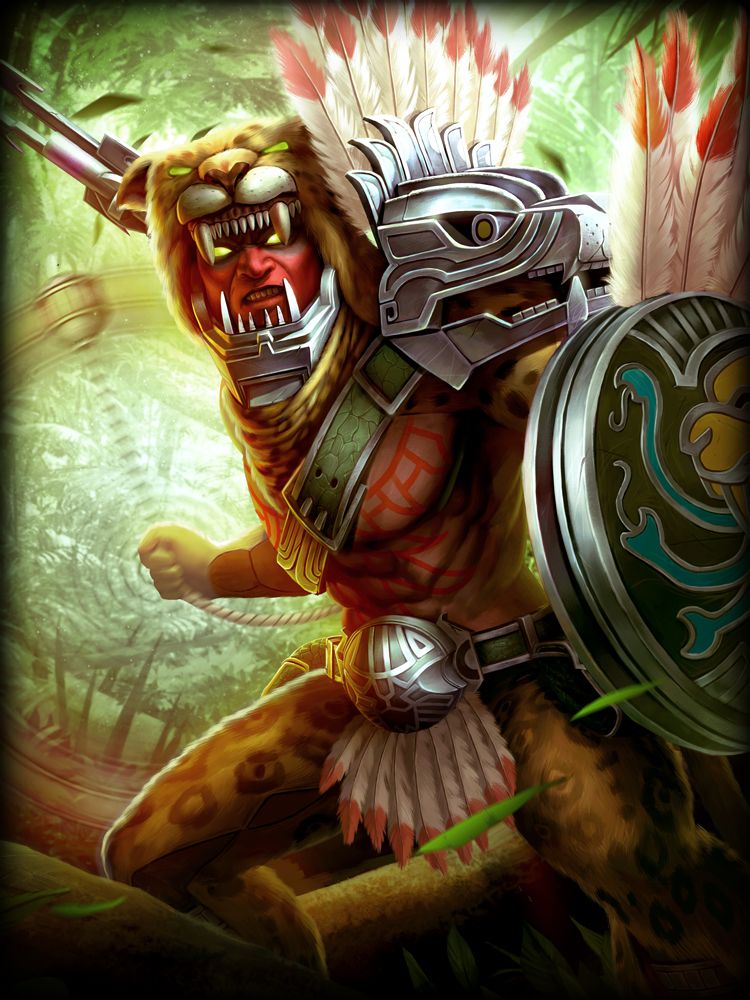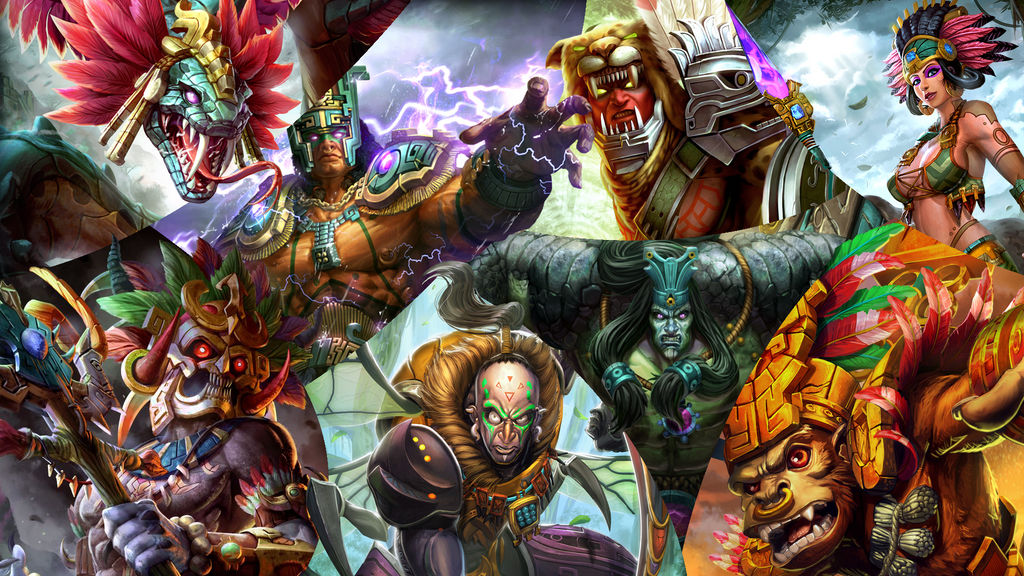Here's an idea that's been kicking around in my head for a bit. Numbers are a bit of a spitball. I based the icons off of the coat of arms of Malaysia and the flag of the Malacca Sultanate. Colors are from the Malaya (not Malaysia) flag.
Malaysia
UA: Straits of Malacca
Border expansion rate decreased by 25% over land, but increased by 50% over water. Additionally, Malaysia can expand to or purchase contiguous water tiles up to 5 tiles away, and work those up to 4 tiles away. International Trade Routes passing through Malaysian water tiles give +2 Gold per tile crossed to Malaysia, and a flat +2 Gold to the sender. Domestic Trade Routes grant +1 Food and +1 Gold per owned water tile crossed.
Leader: Parameswara
LA: Alam Melayu
Trade Routes to Malaysia provide +1 Amenity for both Malaysia and the sender. Malaysian cities receive a 3% Production bonus for each unique Luxury Resource they receive or trade in an ongoing trade deal with another civ.
UB: Surau
Replaces the Temple. In additional to normal Temple yields, the Surau provides additional Faith and Science based on your Gold income.
UU: Orang Laut
Unlocked in the Medieval Era, at Mercenaries. Has the Privateer's bonuses, but with lower strength. It is cheaper to build than a Privateer and provides bonus Food and Production to the tile it occupies. It also heals upon plundering a Trade Route. It can be upgraded into a Privateer that maintains these bonuses.
------------
The idea is to control large amounts of water tiles and leverage that into a favorable economic and diplomatic position. "Straits of Malacca" lets Malaysia grab water tiles quickly, expanding further and faster past the coast and into the ocean, at the cost of slightly slower land growth. Since water tiles tend to be pretty mediocre, the primary benefit of this is to provide synergy with Malaysia's other abilities. The second half of "Straits of Malacca" as well as the first part of "Alam Melayu" encourage other civs to trade with Malaysia, which gives Malaysia gold per water tile crossed, which then in turn increases with the amount of water Malaysia owns. Amenities from Alam Melayu also help keep otherwise-small, potentially resource-poor cities happy, especially as you will likely want to grab many small insular posts in order to maximize water coverage and the number of trade routes passing through your territory (remember, you get gold from
any International Trade Routes passing through, not just ones going to you). The second half of the ability encourages diplomatic interactions, both providing Malaysia with sorely-needed production as well as integrating Malaysia into the needs of other civs. The likely amenity surplus that results from trade routes also helps keep Malaysian cities happy for the amenity bonus, which again helps with the low production value of water tiles.
Between the trade bonuses and diplomatic encouragement, Malaysia is designed to deter military threats through economic dependence. Nearby warmongering civs are likely receiving a not-insubstantial amount of Gold and Amenities from trade with or through Malaysia, and declaring war on Malaysia would deprive them of resources necessary to keeping their armies and cities intact. The fact that Malaysia likely is offering them luxuries in addition to the Amenities from trade routes (in order to give itself a production bonus) further makes breaking off diplomatic ties with Malaysia a bad idea. Thirdly, the Orang Laut is a deterrent against enemy trade ships that try to make it through Malaysian territory without permission; even those escorted with military force may find their warships slowed down by their Zones of Control and their vulnerable cargo left wide open for plunder. Malaysia is further encouraged to patrol its own waters because the Orang Laut provide valuable Food and Production, which is often scarce on Water tiles. Compound this with the fact that Malaysia can work tiles up to 4 away/own up to 5 away over water/ means that the radius of influence by stationed Orang Laut can be potentially gigantic. Trade through Malaysian waters is valuable, and Malaysia should be able to extract some benefits for allowing it to happen and punish those that try to skirt around this.
Lastly the Surau helps bolster a civ that will likely have few stellar land tiles in Science and Faith. The scaling with Gold income is a nod to them being traditionally community-funded, while also providing them with synergy with the rest of Malaysia's abilities.
Malaysia's primary weakness is definitely facing or waging aggressive warfare, particularly in later eras. Up until the Renaissance the Orang Laut/Privateer can be a menace, especially in large numbers, but Malaysia is discouraged from actually using them in combat outside of its own territory because that would mean losing the bonus they provide on their tiles. Past this, they are primarily useful for the yield bonus and in fact will likely need to be protected in the event of a naval battle. Malaysia's slowed land growth means less space available for districts and wonders, and while the Surau helps somewhat with the former, they certainly won't match more traditional terrestrial civs. By the late game, a mediocre military combined with below-average science make Malaysia a tempting target for warmongers. Ideally, Malaysia should use its strong early-mid game to cement itself as a diplomatic and economic partner for as many civs as possible--the bonus Amenities and Gold from trade routes, as well as its encouragement to offer and accepts deals with the AI/other players, help make this a reality. A military civ that is receiving multiple amenities and gold, both of which are beneficial to conquest, via trade through Malaysia may need to think twice before declaring war and losing out on both benefits at once. From here it can leverage its bonus faith for a Religious Victory, which plays well with its expansive trade network in order to spread its beliefs overseas. It would also do equally well with a Diplomatic victory, as Alam Melayu encourages trade deals while Malaysia's abilities overall encourage other civs to cooperate with it rather than fight against it.

















